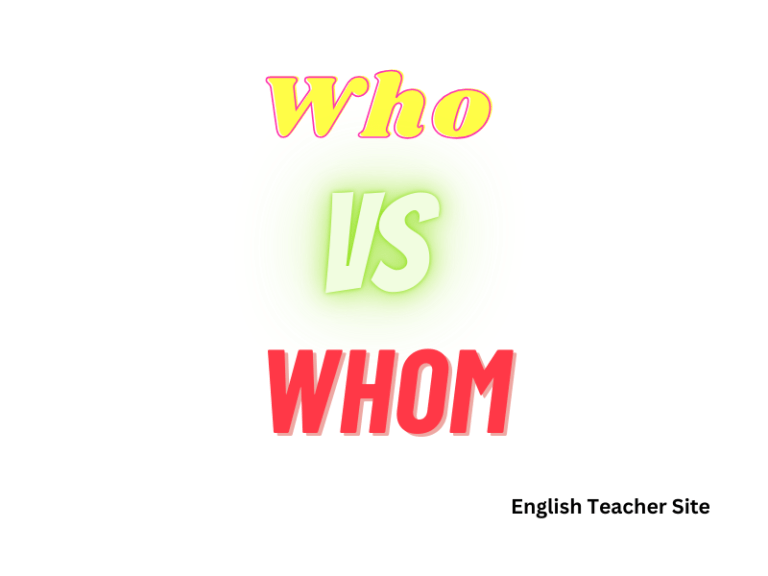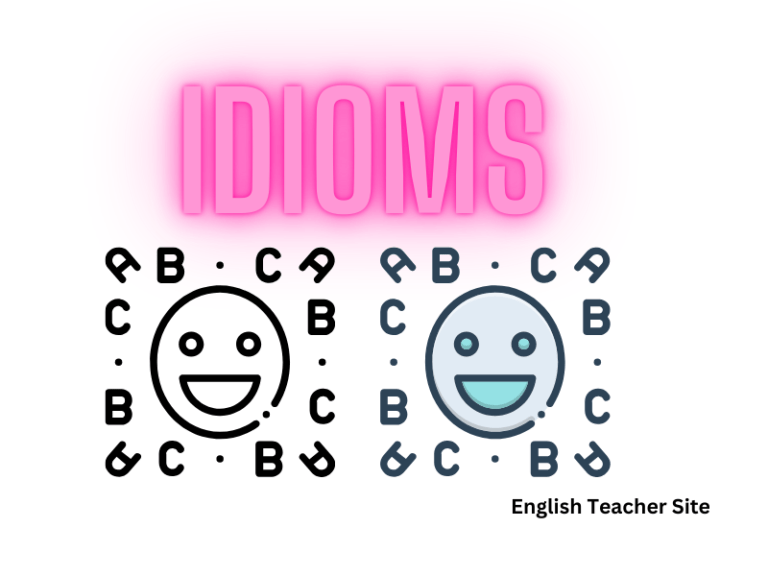What Are Verb Tenses Past Present Future: Understanding Time in Grammar

- Verb tenses are essential for indicating the timing of actions in English.
- Three main tenses—past, present, and future—inform when an event or action occurs.
- Mastery of tenses requires understanding subtle distinctions in time and aspect.
Each primary tense can be subdivided further to express various degrees of time and aspect, such as the simple past or present perfect tenses. These subtleties are key to articulating events with accuracy, showing not only when an action happened but also its duration or its completion.
What are Verb Tenses: Past, Present, Future?
In English, verb tenses are the heart of a sentence, indicating not only an action but also the time of its occurrence. There are three primary verb tenses: past, present, and future. Each tense allows speakers and writers to convey the timing of a given action or condition, making the communication of events clear and precise.
The past tense signals actions or conditions that have occurred at a specific time before now. Consider the sentence: “She walked to the store.” Here, the action is completed in the past.
The present tense describes actions or conditions happening right now or habitual actions. For example: “He eats breakfast at seven.”
Lastly, the future tense paints a picture of actions or conditions that will occur in the future: “They will travel to Paris next year.”
To further clarify, the following tables illustrate examples of the basic past, present, and future tense forms:
Simple Tense Forms
| Tense | Example Sentence |
|---|---|
| Past | She ran for the bus. |
| Present | He runs every morning. |
| Future | They will run in the race. |
Perfect Tense Forms
| Tense | Example Sentence |
|---|---|
| Past Perfect | She had run three miles by noon. |
| Present Perfect | He has run every day this week. |
| Future Perfect | They will have run a marathon by tomorrow. |
Understanding Verb Tenses
Verb tenses in English grammar categorize actions according to when they happen: the past, present, or future.
Past, Present, and Future Tenses
Past Tense: Represents actions or states that occurred at a definite point in time in the past. For example:
- Simple Past: I walked to the store.
- Past Perfect: She had finished her work before lunch.
- Past Progressive: They were studying all night.
- Past Perfect Progressive: She had been running for an hour when it started to rain.
Present Tense: Describes current actions or conditions, habitual actions, and universal truths. For example:
- Simple Present: He writes daily in his journal.
- Present Perfect: They have completed the project.
- Present Progressive: She is reading a book.
- Present Perfect Progressive: I have been feeling a bit tired lately.
Future Tense: Talks about actions or events that have yet to occur. For example:
- Simple Future: I will travel to Spain next year.
- Future Perfect: He will have finished his degree by then.
- Future Progressive: They will be waiting for us when we arrive.
- Future Perfect Progressive: By next month, she will have been working here for a year.
Aspects of Verb Tenses
Grammatical aspects refine a verb’s time frame by providing additional information about the action’s completeness or duration. The aspects include:
- Simple Aspect: Indicates a fact or a habit.
- Perfect Aspect: Shows a completed action in relation to another point in time.
- Progressive Aspect (also known as Continuous): Highlights ongoing action at a specific time.
- Perfect Continuous Aspect: Focuses on the duration of an action that is completed or will be completed before another time.
Table 1: Verb Tense Aspects
| Aspect | Example | Use |
|---|---|---|
| Simple | He talks. | Habitual actions, permanent states, general truths. |
| Perfect | She has talked. | Actions completed before or by a certain point in time. |
| Progressive | He is talking. | Actions ongoing at the moment of speaking. |
| Perfect Progressive | She has been talking. | Actions that were ongoing over a period of time in the past, present, or future. |
Regular and Irregular Verbs
In English grammar, verbs can be categorized based on how their past tenses and past participles are formed:
- Regular Verbs: These verbs form the past tense and past participle by adding -ed to the base form.
- Talk → Talked
- Laugh → Laughed
Table 2: Regular Verb Conjugation
| Base Form | Simple Past | Past Participle |
|---|---|---|
| talk | talked | talked |
| clean | cleaned | cleaned |
| walk | walked | walked |
- Irregular Verbs: These verbs do not follow a set pattern and can have completely different past tense and past participle forms from their base forms.
- Go → Went (Past Tense) / Gone (Past Participle)
- Eat → Ate (Past Tense) / Eaten (Past Participle)
Irregular Verbs:
- Some irregular verbs have the same base and past participle form, e.g., cut and put.
- Others have the same form for all three: base, past, and past participle, e.g., hit.
- A few irregular verbs have completely distinct forms, e.g., be (am/is/are, was/were, been).
Crafting Verb Tenses
In English, verbs are modified to convey when an action occurs, and this modification process is known as crafting verb tenses. Each tense provides different information about the timing of an action.
Formation of Verb Tenses
The formation of verb tenses in English is achieved by altering the base form of the verb. Two tenses have unique forms on the verb itself—present tense (e.g., “I walk”) and past tense (e.g., “I walked”). Other tenses require auxiliary verbs (e.g., “I am walking” for the present continuous tense).
Simple Tenses:
These tenses represent a single point or period in time.
| Tense | Example |
|---|---|
| Present | He eats. |
| Past | She ate. |
| Future | They will eat. |
Progressive Tenses:
Signify an ongoing action.
| Tense | Example |
|---|---|
| Present Progressive | They are eating. |
| Past Progressive | He was eating. |
| Future Progressive | She will be eating. |
- Present Perfect: Combines the present tense of “to have” with the past participle of the main verb (e.g., “They have eaten.”).
- Past Perfect: Uses the past tense of “to have” with the past participle (e.g., “He had eaten before the guests arrived.”).
- Future Perfect: Expresses an action that will be completed by or before a certain time in the future (e.g., “She will have eaten by six o’clock.”).
Forming complex tenses often involves combining auxiliary verbs with the main verb to fine-tune the timing of the action expressed. For example:
- Present Perfect Continuous: They have been eating for an hour.
- Past Perfect Continuous: He had been eating when she arrived.
- Future Perfect Continuous: She will have been eating for two hours by the time we join.
Modifiers like “will” for future or “had” for past perfect constructions are crucial in signifying the tense. Additionally, irregular verbs have unique past tense and past participle forms, which must be memorized, such as “run,” “ran,” “have run.”
Source
Tense origin: etymonline, tempus
My name is Khamis Maiouf. I am the creator of the English Teacher Site, dedicated to providing valuable resources and insights for students around the world. With a passion for education and a commitment to helping students enhance their skills, I aim to make English teaching more effective and enjoyable for both educators and students.






